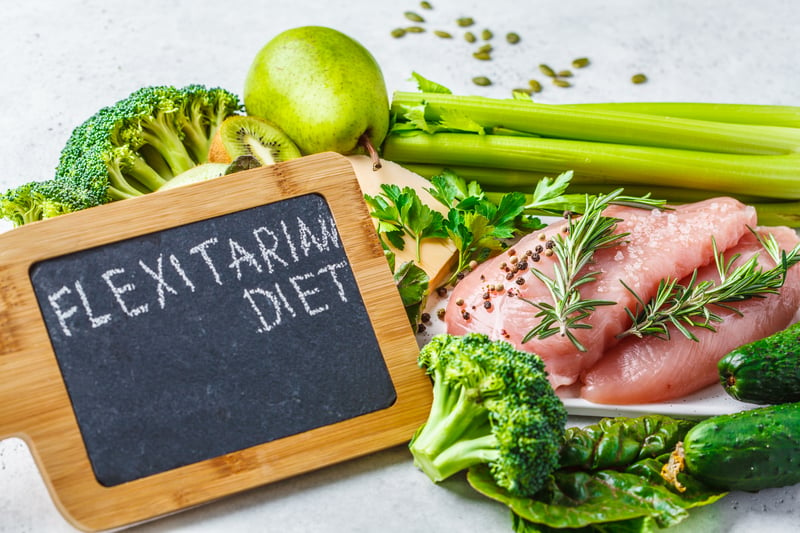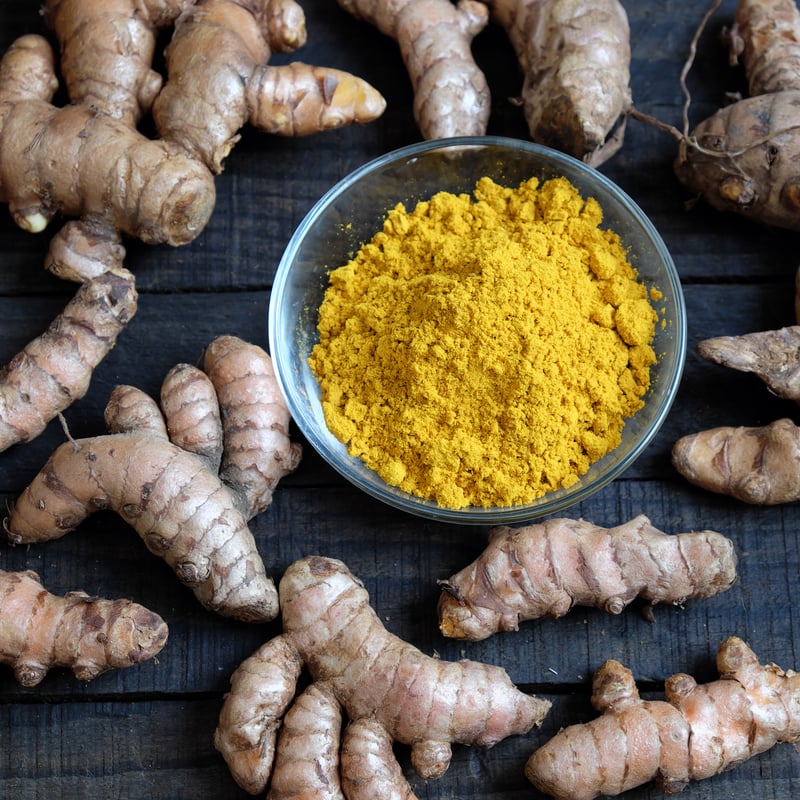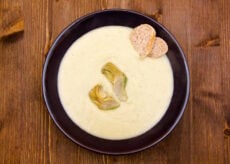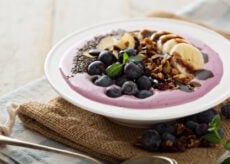What is the Flexitarian Diet? Here is a Beginner’s Guide

What is a flexitarian?
flex·i·tar·i·an /ˌflek-sə-ˈter-ē-ən
noun: flexitarian; plural noun: flexitarians
As defined by the Oxford Dictionary, “a person who has a primarily vegetarian diet but occasionally eats meat or fish.”
“In my close social circle, I have friends who are vegetarian, pescatarian, and flexitarian.”
What is the Flexitarian Diet?
The Flexitarian Diet is a meal plan that recommends a mostly vegetarian diet with the additional occasion meal that includes meat. Some have even referred to this diet as a “casual vegetarian diet” or the “vege-vore diet.” For those with a sense of humor, you can even call it the “vegetarian with benefits diet” (perhaps for those who really want to be vegetarian but have commitment issues.)
However, there is no standard agreement or definition of what this means—whether flexitarians eat meat once a day, once a week, occasionally, or even rarely is up to the individual.
Many people who adhere to the Flexitarian Diet have given up red meat for health reasons. Others have stopped for environmental reasons. Others only eat free-range or organic animals and animal products occasionally. And others are eating less meat because it helps cut grocery costs.
All of the arguments in favor of adopting a Flexitarian Diet (health, environment, reduction of resource consumption, and cost savings) could be viewed as arguments in favor of adopting a fully vegetarian diet. But many folks aren’t ready to go all the way to a plant-only-based diet.
What Can You Eat on the Flexitarian Diet?
Flexitarians eat a wide range of foods. For example, they:
- Eat mostly vegetables, legumes, whole grains, and fruits.
- Try to get their protein mostly from plants rather than animals.
- Are flexible and allow themselves to incorporate meat and animal products from time to time.
Common food choices include:
- Proteins: such as soybeans, tofu, tempeh, legumes, and lentils.
- Non-starchy vegetables: like leafy greens, bell peppers, Brussels sprouts, green beans, carrots, broccoli, and cauliflower.
- Starchy vegetables: including winter squash, peas, corn, potatoes, and sweet potatoes.
- Fruits: like apples, oranges, berries, grapes, and cherries.
- Whole grains: such as quinoa, teff, buckwheat, and farro.
- Nuts, seeds, and other healthy fats: including almonds, flaxseeds, chia seeds, walnuts, cashews, pistachios, peanut butter, avocados, olives, and coconut.
- Plant-based milk alternatives: such as unsweetened almond, coconut, hemp, and soy milk.
- Herbs, spices, and seasonings: like basil, oregano, mint, thyme, cumin, turmeric, and ginger.
- Condiments: including reduced-sodium soy sauce, apple cider vinegar, salsa, mustard, nutritional yeast, ketchup without added sugar.
- Beverages: for example, still and sparkling water, tea, and coffee.
When incorporating animal products, flexitarians typically choose the following:
- Eggs: Free range or pasture raised
- Poultry: Organic, free range, or pasture raised
- Fish: Wild caught
- Meat: Grass fed or pasture raised
- Dairy: Organic from grass-fed or pastured animals
Seems simple enough, right? You could easily adapt this to a low-carbohydrate diet, a ketogenic diet, or even a paleo diet.
What Can You NOT Eat on the Flexitarian Diet?
I don’t usually like to put too much focus on foods that are prohibited or omitted on a particular meal plan, but according to the experts, the following foods are typically not included on the Flexitarian Diet:
- Processed meats: Bacon, sausages, and lunch meats
- Refined carbs: White bread, white rice, bagels, and croissants
- Added sugar and sweets: Soda, donuts, cakes, cookies, and candy
- Fast food: Fries, burgers, chicken nuggets, and milkshakes
What are the Health Benefits of the Flexitarian Diet?
Studies have shown that Flexitarians may not only have lower BMIs than full-fledged carnivores, but they also are at a lower risk for type 2 diabetes and have lower mortality rates.
One study showed that after following a Flexitarian Diet for just four weeks, the total cholesterol levels of the participants dropped almost 20 points—and LDL (“bad” cholesterol) dropped almost 15 points.
Switching to a vegetarian or vegan diet is one of the best things you can do to reduce your carbon footprint. And switching to a flexitarian diet still provides some of the same benefits to the environment, depending on how much you reduce your meat consumption or ensure you are eating local, grass-fed meat.
A Flexitarian Diet is also a great tool for weight loss. The basic reason for this is that plant-based foods tend to be lower in calories and higher in fiber, so incorporating more into your diet helps you feel full but still keeps your calorie-count low.
How Do You Get Started on the Flexitarian Diet?
Load up on greens. You can make a salad that actually fills you up: mix three cups of lettuce, kale, spinach, cabbage, beet greens, Swiss chard, arugula, or a mix of any of the aforementioned with tons of other veggies like sliced carrots and beets, fresh corn kernels, chopped broccoli, and diced onions, along with a plant-based protein (or two).
Sub a cup of legumes like white beans, lentils, or chickpeas for the chicken, beef, or pork on a salad or in a rice bowl—they’re just as filling and usually cheaper!
For filling snacks, go for nuts and nut butters (in moderation).
Try meat substitutes—such as tofu, tempeh, and other soy-based products—along with tons of veggies, whole grains, and fruits.
And focus on eating “calorie-poor but nutrient-rich” foods. This means bulking up your meals with fiber-rich veggies and plenty of other plant-based protein sources like those listed above.
Don’t forget about quinoa, a super-versatile grain that also contains a good amount of protein (8 g per cup, cooked) and can take on almost any flavor—from sweet to savory.
If you are interested in expanding your knowledge, you could also check out the following book: The Flexitarian Diet by Dawn Jackson Blatner.




 7 Signs Your Body is Seriously Low on Collagen (not just wrinkles)
7 Signs Your Body is Seriously Low on Collagen (not just wrinkles) Health Expert: "Turmeric Doesn't Work (unless...)"
Health Expert: "Turmeric Doesn't Work (unless...)" 3 Warning Signs Your Probiotic Supplement is a Total Waste
3 Warning Signs Your Probiotic Supplement is a Total Waste

